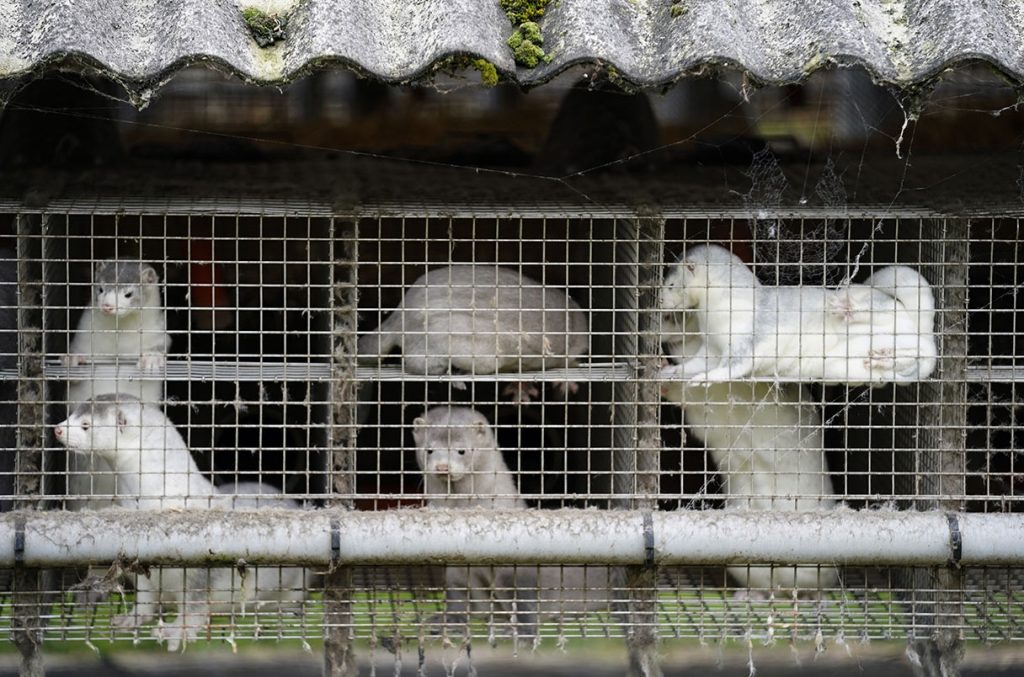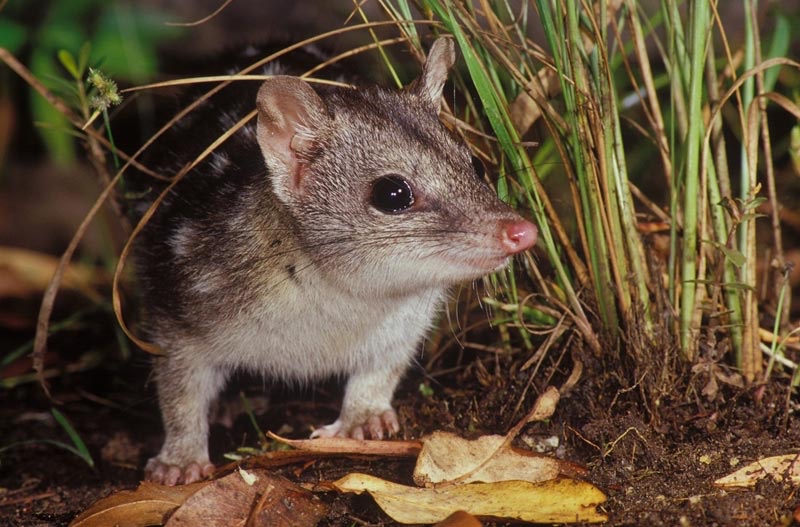
Spanish mink and Australian quols
I was having a coffee yesterday and picked up a Spanish expat paper that someone had left behind. In it there was reference to a recent report by Eurosurveillance, a European peer-reviewed scientific journal devoted to epidemiology. It described an outbreak of the highly pathogenic avian influenza, detected a few months ago in intensively farmed mink in Spain.
In a related article in the online journal, Science, it’s reported that H5N1, having spread through a densely packed mammalian population, appears to have gained at least one mutation that favours mammal-to-mammal spread.
“This is incredibly concerning,” says Tom Peacock, a virologist at Imperial College London. “This is a clear mechanism for an H5 pandemic to start.”
Isabella Monne, a veterinary researcher at the European Union’s Reference Laboratory for Avian Influenza in Italy, where the samples from Spain were sequenced, calls the finding “a warning bell”, while Peacock goes on to say that, after COVID-19, the situation presents “an existential threat.”
Given that speculation and concerns are now mounting about the potential for mammal-to-mammal spread, which is generally accepted to have been the cause of the global Covid-19 pandemic, recent developments in Australia only add to worries about the potential of future pandemics.
As reported this morning on the BBC News website, northern quols, carnivorous marsupials the size of a small cat, are giving up sleep for more sex, which could be killing them. A study of the phenomenon, cited by the BBC and linked to here, found that males travel long distances in search of mating partners, often giving up sleep in the process. Experts think that a lack of rest may explain why the marsupials typically mate themselves to death in one breeding season. Nobody is sure why this is happening.
“Sleep deprivation, and associated symptoms for a prolonged duration would make recuperation impossible and could explain the causes of death recorded in the males after the breeding season,” says Joshua Gaschk, the study’s lead author. “They become easy prey, are unable to avoid vehicle collisions, or simply die from exhaustion.”
There is inevitable speculation now as to whether this could be a viral phenomenon and, if so, what the potential impact of a mammal-to-mammal spread from quols to the human population could mean. The effects could be devastating, perhaps even more so than the Covid-19 pandemic, especially if a genetic variation enabled the condition to impact humans of both sexes.

One only has to consider the devastating impact of Covid-19, which affected health primarily, but also disrupted global supply chains, economies, travel etc. Disruption caused by a quol to human mutation would be substantial as populations distracted by an uncontrollable drive for sex divert their energies to a relentless pursuit of sexual fulfilment.
Just look at travel. Such a pursuit would probably result in many more people travelling, which might improve the fortunes of rail companies, now operating reduced services than before Covid, but there would likely be disruptive knock on effects as others take to their cars in search of fulfilment. In the study, for example, quols on the same quest walked more than 6.2 miles in one night, which translates to nearly 25 miles in human distance. Replicating this ratio to human vehicular use suggests potential for a road network in frequent gridlock
Travel aside, an affected human population would certainly lead to mass absences and labour shortages, affecting schools, hospitals, hospitality, manufacturing and even the effective operation of government, which would be devastating for one quite good at being ineffective already.
Thankfully most of us now enjoy some degree of protection from Covid-19 thanks to widespread vaccination and, after nearly three years of disruption, life has returned to normal, albeit a different one. But the prospect of mammal to mammal crossover means that now is not the time to lower our guard. If the fate of quols crosses over in the way that avian flu has for minks, all the double entendres, innuendo and jokes about quols won’t seem quite so funny. In fact, it raises the alarming and very real prospect that we’ll all be well-screwed and then die.
Disclaimer
Studies referred in this post are from credible sources but there is currently no peer-reviewed evidence to suggest that a mammal to mammal crossover of the condition affecting quols will ever occur. It’s mischief.
Words are failing me. Mammals and humans screwing themselves to death. Isn’t that a teenage make’s idea of heaven – or am I getting d and politically incorrect
Yes, discombobulating possibilities aplenty. I think the mantra of the Covid era’s probably sensible guidance to follow – keep a safe distance, unless you fancy fireworks and ending it all with a bang 💥